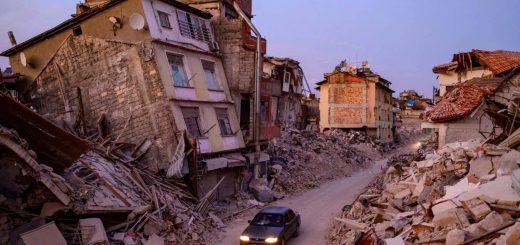Lightning can make energy waves that travel shockingly far into space
Lightning strikes near Earth give rise to electromagnetic waves called “whistlers” that can carry energy high enough above our planet to pose a risk to satellites and astronauts
By Karmela Padavic-Callaghan
16 August 2024
Lightning can produce special waves of energy
RooM the Agency/Alamy
An overlooked mechanism lets energy from lightning reach the highest layers of the atmosphere, where it could threaten the safety of satellites and astronauts.
When lightning occurs, the energy it carries sometimes gives rise to special electromagnetic waves called whistlers, so named because they can be converted to sound signals. For decades, researchers thought lightning-induced whistlers would remain trapped relatively close to Earth’s surface, below about 1000 kilometres.
Now Vikas Sonwalkar and Amani Reddy at the University of Alaska Fairbanks have discovered that some whistlers can bounce off a layer of the atmosphere called the ionosphere, which is filled with charged particles. This enables the waves, and the energy they carry, to reach distances up to 20,000 kilometres above the planet’s surface. That means they can travel deep into the magnetosphere, the region of space dominated by Earth’s magnetic field.
Advertisement
Read more
We live in a cosmic void so empty that it breaks the laws of cosmology
The researchers found evidence of these reflected whistlers in data from the Van Allen Probes, twin robotic spacecraft that measured the magnetosphere between 2012 and 2019. They also saw signatures of this phenomenon in studies published as early as the 1960s. Old and new data all suggest that it is very frequent and happening constantly, says Reddy.
In fact, lightning could be contributing twice as much energy to this area of space as previous estimates indicated, the team says. And this energy charges and accelerates nearby particles, producing electromagnetic radiation that can damage satellites and harm the health of astronauts.


